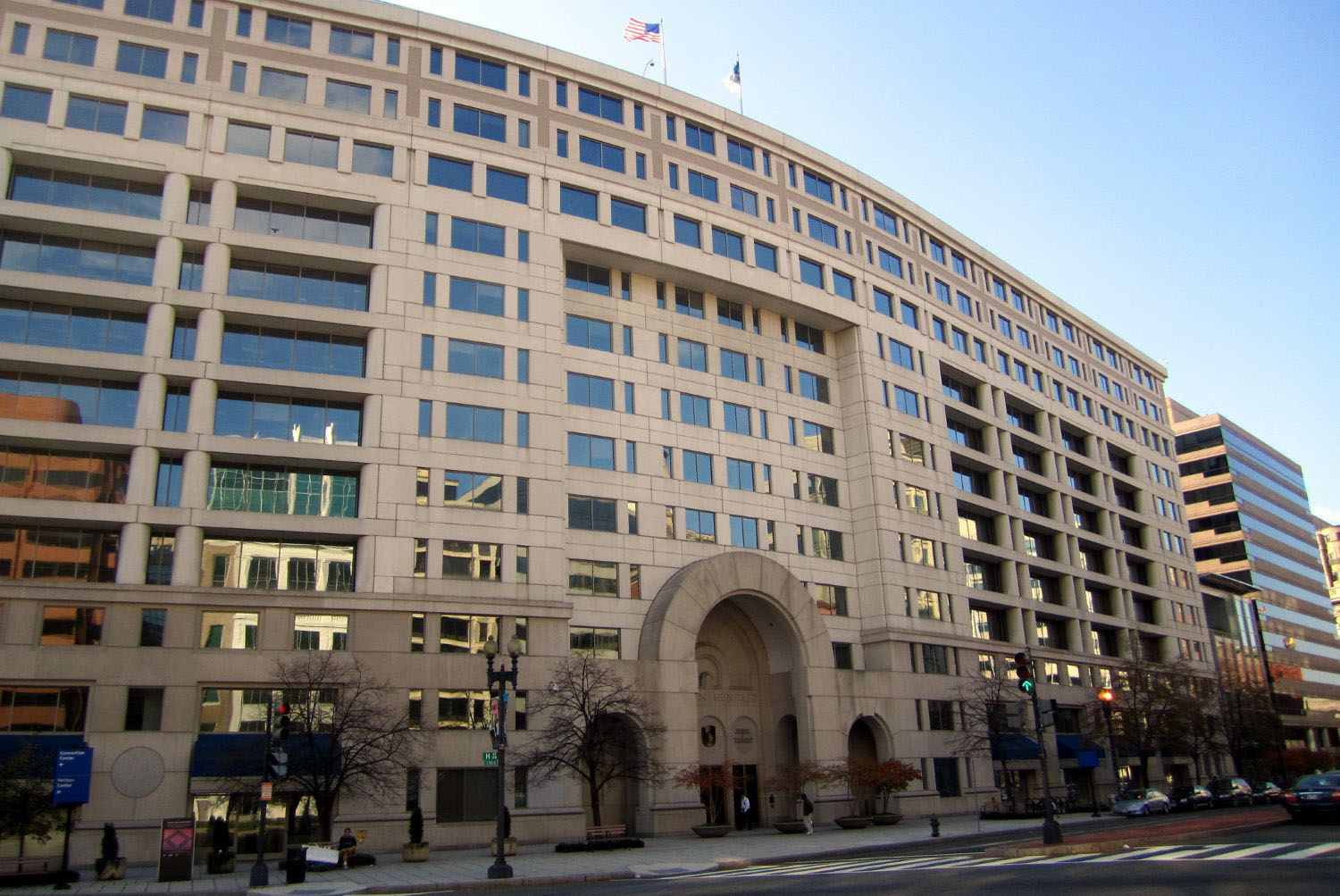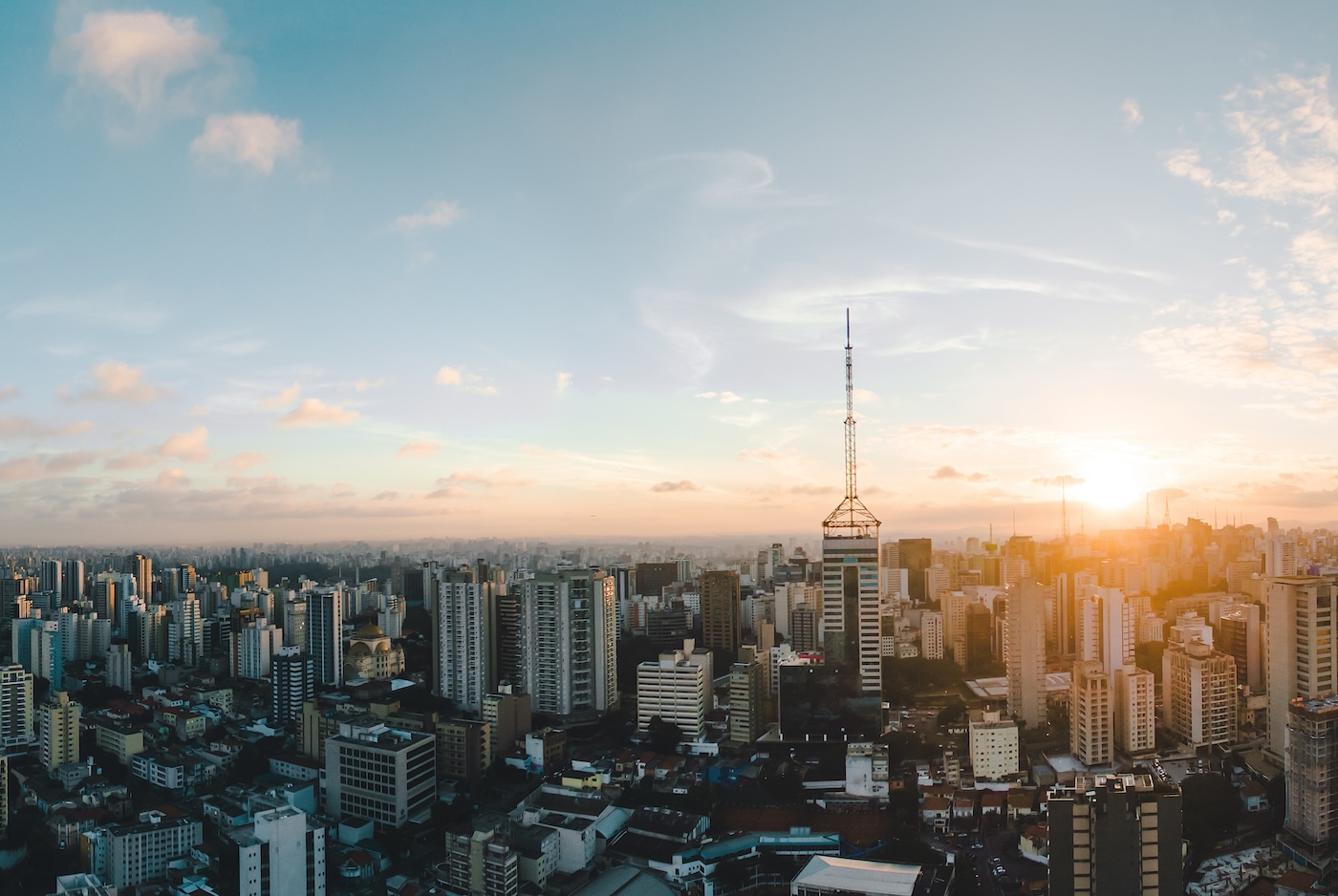Can extraction of petroleum resources in a high biodiversity rainforest be sustainable?
Ecuador has huge oil deposits in the middle of its Amazon rainforest, with important new oil fields adjacent to and in the middle of the protected Yasuní National Park. The value of the oil is estimated to be more than $8 billion; oil accounts for more than half of Ecuador’s export revenue. The national park is one of the world’s mega-diversity hot spots and is (sparsely) populated by indigenous peoples, including some who live in “voluntary isolation,” choosing to avoid contact with modern society.

How can Ecuador manage the trade-offs between an economic resource (oil) that can help lift millions of its citizens out of poverty, the biodiversity and climate benefits of maintaining the forests intact, and the value of the forest as a home to three indigenous nationalities, an estimated one to two thousand indigenous peoples? Last week I had a chance to learn how Ecuador is managing these trade-offs on a visit to Quito and the Amazon region (sponsored by the Government of Ecuador).
In 2007 Ecuador floated a proposal to the international community for a payment-for-ecosystem service program that would have provided compensation to Ecuador for leaving the rainforest entirely intact and not extracting the oil. In the so-called Yasuní ITT initiative, Ecuador asked for $3.6 billion dollars over 13 years, an amount that it estimated to be about half the value of the oil. The international community initially responded favorably to the idea but in the end was only able to mobilize $336 million in pledges and much less than that in actual payments. So the deal fell apart and Ecuador decided to go ahead and extract the oil and transport it to a refinery on the coast.
So now Ecuador is assessing the technical, environmental, and social trade-offs between different design choices for the project. One model is the “offshore-inland” approach used by the Camisea natural gas project in the Peruvian Amazon and the Urucú gas project in the Brazilian Amazon, which has been characterized as “global best practice” by Tom Lovejoy, a global biodiversity expert at the UN Foundation and George Mason University who coined the term “biodiversity.” (For full disclosure, it should be noted that Tom is an adviser to Hunt Oil, one of the partners in the Camisea project.) The advantage of the “offshore-inland” model is that it is completely roadless.

My CGD colleagues Jonah Busch and Kalifi Ferretti-Gallon recently published a meta-analysis of 117 studies examining the drivers of deforestation. They find that avoiding roads, which open up new frontier areas of remote forests for settlement, agriculture, etc., is critical to protecting forests. Even the International Association of Oil and Gas Producers called roads the 'greatest single cause of environmental impact' in the rainforest. This was certainly true of earlier oil extraction projects like the one carried out by Texaco in the Ecuadoran Amazon to the north of the Yasuní region.
As we flew over the Amazon during our visit we had a chance to see the destructive secondary effects of roads. We also saw on the ground the devastation in forested areas caused by the billions of gallons of crude oil and toxic sludge – estimated to be more than the oil spilled in the BP Gulf disaster -- left by Texaco from the hundreds of wells in the 500,000 hectares of Amazonian rainforest where it extracted oil. The failure of Texaco (and subsequently Chevron) to remediate the vast environmental damage is the subject of an ongoing lawsuit between Ecuador and Chevron.
The “offshore-inland” model (like an offshore oil platform, but in the middle of the rainforest) is described as a way to protect biodiversity and indigenous populations from the destruction caused by the inevitable deforestation that follows road construction. Heavy equipment and employees are transported entirely by helicopter or by river, avoiding the need to build roads. However, like most economic activity, there are trade-offs with the “offshore-inland” model. Critics say the noise and wind from the huge helicopters scares away wildlife and indigenous peoples living in the area.
The Government of Ecuador is pursuing a different model for extraction of oil in the Yasuni National Park and the buffer zone around the park. Eight oil blocks intersect the protected area; two of these alone contain more than a billion barrels of oil, with an estimated value of $7.4 billion. The approach relies on “ecological paths” and transport by river to bring in the heavy equipment, and people, needed; the use of horizontal drilling techniques to minimize the number of wells that need to be dug and the use of advanced techniques to separate the raw material that comes out of the well without the use of the kind of open pits that were used by Texaco/Chevron. The oil, which is combined with toxic water and gas, will be pumped from the wells to a central location, where a pump system pumps all three components of the oil in a pipeline to a distant location where the water can be separated and then re-injected back into the wells, very deep underground. PetroAmazonas will use the gas to generate electricity rather than flaring it.
Around the site, which can only be approached by a two hour river trip, are a few so-called “ecological paths”. The “ecological paths” wind around key areas of plant and wildlife diversity and they include both natural and constructed “bridges” that cross underneath the paths and connect the forest canopy across the paths, allowing for the movement of birds and animals within the area. By eliminating access roads, PetroAmazonas believes it can eliminate spontaneous settlements which lead to deforestation and degradation. However, critics see the “ecological paths as just roads with a greener name.
Ecuador is committed to preserving its biodiversity and protecting its indigenous peoples. Some 20 percent of its territory is set aside in protected areas. Conservation International has declared the Yasuní National Park as the most intact and bio-diverse natural space in the world. Resource extraction in protected areas is banned unless the President decrees that the resources are essential for strategic reasons. The decision to explore for oil in the Yasuní National Park coincided with a five-year drought; the government saw oil as an important source of revenue for development. In a private meeting with our group, the vice-president of Ecuador, Jorge Glas Espinel, explained that the country wants to learn from the devastating environmental and social damages caused by the Texaco-Chevron project. He clearly articulated the thinking behind Ecuador’s decision to follow the “ecological paths” model rather than the “offshore-inland” approach taken in Peru and Brazil.
The decision to extract oil in a delicate ecosystem with high biodiversity and isolated indigenous groups is not a popular one, especially with environmental and civil society activists. And yet the world had an opportunity to forestall this development by paying Ecuador for the environmental and other services provided by the intact forest and it failed to do so. The payments would have avoided an estimated 410 million tons of carbon emissions from using the oil. The $3.6 billion that Ecuador was asking was equal to a mere $8.70 per ton of avoided carbon emissions– much less than the cost of reducing emissions from energy and transport. (A related initiative, the REDD+ financing mechanism, would have paid to avoid emissions from forest loss, but not from the oil.) If global carbon markets were up and running at scale and there was a global price on carbon, it might be high enough to make it uneconomic to extract the oil. Or the markets might generate offset funding to cover the cost of the foregone revenue from oil. Sadly, those things haven’t happened yet. Until countries begin to put a price on the damages from fossil fuel emissions—as IMF managing director Christine Lagarde urged in a speech at CGD just last week--countries like Ecuador will continue to face the difficult choice between preserving its rainforests and generating revenue needed for poverty reduction and development.
Disclaimer
CGD blog posts reflect the views of the authors, drawing on prior research and experience in their areas of expertise. CGD is a nonpartisan, independent organization and does not take institutional positions.





